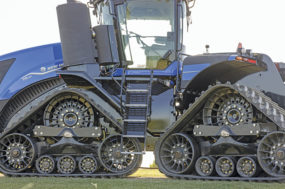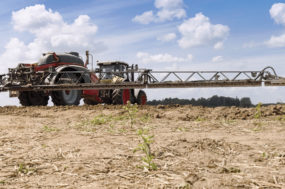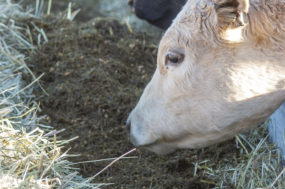A new presidency, the nation’s economic outlook and cost of inputs for production all have a very different look to them headed into this year, and there are very few who are willing to bet how this year will end up.
While the variables look different, many of the fundamentals that work in good times also work when the situation might be less than favorable. One of those principles, quality hay production, is the focus of this issue of Progressive Hay Grower.
In a recent meeting with leading hay producers , I was reminded it takes just as many trips across a field to bring in a crop of premium hay as it does fair quality hay, not to mention the same time to market and move it elsewhere.
This issue is dedicated to making the most out of each cutting, each sale and each relationship you might have in 2009.
Speaking of leading individuals in the hay production industry, this issue of Progressive Hay Grower introduces a new feature to the magazine.
Each issue in 2009 and beyond will have an in-depth interview with a leading industry professional, discussing how their work shapes the forage industry. They will be asked to offer their insights into hay production advances and where new opportunities lie for the future.
This issue offers a look into the work of Dr. Neal Martin and his team at the U.S. Dairy Forage Research Center in Wisconsin.
Another piece of the profit puzzle in 2009 is looking at where you have been and what others have done. For the second year, we are including our 2008 U.S. Forage Stats as a pull-out poster.
This year’s poster has been expanded to 6 pages in order to features additional information on silage production and the latest maps on drought conditions, soil moisture and changes in precipitation. While it might not answer all the questions headed into 2009, it’s a good place to begin.
One other thing you have probably already noticed about our first issue is the move to a glossy cover. The growth of Progressive Hay Grower over the last few years has allowed us the opportunity to bring our readers a more useful tool, both physically and editorially.
We are excited to continue bringing the best this industry has to offer to our audience in 2009 and beyond.
One last thing to be said about 2009. Of the top five crops produced in the U.S., hay is the one that remains free of the pitfalls of being associated with the Chicago Board of Trade and other commodity markets.
While some might argue there is safety in higher-level commodity trading and management, it can also be argued that having control of your pricing, marketing and relationship building can greatly outweigh any gains that might have come from pooled commodity associations.
There is something to be said about being free to accomplish and do more this year than last year and being the one in control. I believe it is that freedom which allows hay production to be one of the most stable commodities in agriculture today.
Sure, the highs might not be as high, but the lows tend to not be as low, and it is that stability which continues to hold even in these less-than-ideal times for business.
Just as those of old, it is your opportunity to sail through these interesting times and hopefully we can provide you some of the tools you will need to continue to succeed and grow into 2009 and beyond. FG
Darren Olsen
Editor










